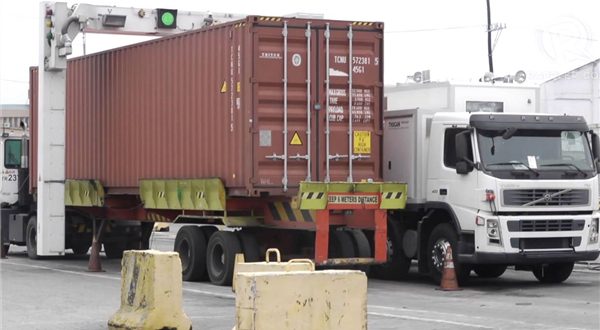According to Director General of the province’s customs office Omid Jahankhah. 784.000 tons of non-oil commodities worth $776 million were exported from the Northeastern province in the first half of the current fiscal (March 21- September 22) which shows a 30% rise in terms of volume and 30% decline in terms of value compared with the corresponding period of the last year.
Saffron. steel products. construction materials. fruits and plastic products were the main exports of the province in the six-month period.
Afghanistan. Iraq. Turkmenistan and Uzbekistan were the top destinations of Razavi Khorasan’s exports. he added.
Jahankhah added that some 144.000 tons of products worth $173 million were also imported into the province in the first half of this year. indicating a 3% and 22% year-on-year increase in terms of volume and value. respectively.
On Saturday. Supervisor of the Customs Administration of the Northern province of Gilan Abolqassem Yousefinejad said that 334.000 tons of non-oil products were exported in the first 6 months of the current local calendar year. which shows a 20% increase compared with the figures from the corresponding period last year.
Iran has reported higher volumes of exports for petrochemicals and mining products over the past months. Experts believe number of shipments would further increase as the governments are making a considerable investment in refining and mining sectors.
On Wednesday. Governor of the Central Bank of Iran Abdolnasser Hemmati downplayed the impacts of the US embargos against the CBI. saying that the country has learned how to carry out sanction-free trade and economic interactions.
On Tuesday. a $430 million deal was signed and finalized to allow the construction of the largest automated port terminal in the Persian Gulf and the Sea of Oman for handling mining products and metals. Deputy Head of the Port and Maritime Organization of Iran (PMOI) Mohammad Ali Hassanzadeh said.
Washington’s unilateral sanctions against Tehran began in November 2018. five months after US President Donald Trump withdrew from an international deal on Iran’s nuclear program.
Claiming that the bans were working properly. Trump tightened them in May. only to see that Iran was finding new solutions to recoup the losses.
Last month. Deputy Head of Iran Small Industries and Industrial Parks Organization (ISIPO) Ali Asqar Masaheb announced that Iran will undertake new measures to further strengthen its non-oil exports with a new bill to be tabled at the Iranian Parliament.
Iranian officials started planning for policies to counter the US possible sanctions a year before Donald Trump entered into office in early 2017. The policies are now proving effective as economic indexes are indicating inefficacy of the US pressures.
Earlier in July. Iranian Industry Minister Reza Rahmani said that despite US efforts to cripple Tehran’s economy. year-on-year comparison shows that the country’s domestic production has increased in the first quarter of the local calendar year (March 21-June 21).
 Iran Energy News Oil, Gas, Petrochemical and Energy Field Specialized Channel
Iran Energy News Oil, Gas, Petrochemical and Energy Field Specialized Channel




